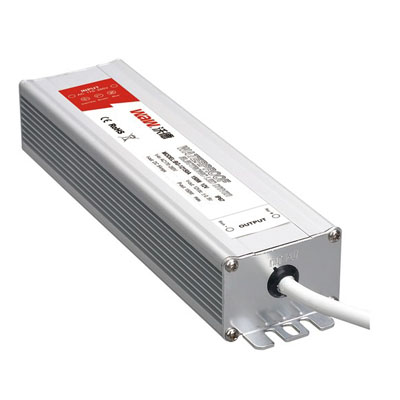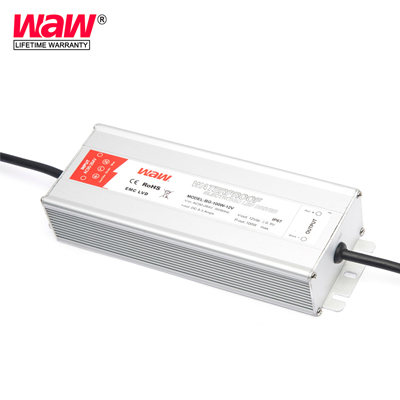
Wenzhou wode electrical co.,LTD
Tel: +86 577 62602806Phone: 86-18106781616E-mail: wode@wodeps.com

Tel: +86 577 62602806Phone: 86-18106781616E-mail: wode@wodeps.com

Date:2021.06.15 Views:3467
All drivers are either constant current (CC) or constant voltage (CV), or both. This is one of the first factors you need to consider in your decision making process. This decision will be determined by the LED or module you want to power, information on which can be found in the LED's datasheet. Next, the LED drivers supplier will share the following content with you.
Constant current (CC) LED drivers maintain a constant current throughout the electronic circuit through a variable voltage.CC drivers are often the most popular choice for LED applications.CC LED drivers can be used for a single bulb or a chain of LEDs connected in series. Series means that all the LEDs are mounted on a single line so that current flows through each LED. the downside is that if the circuit goes bad, none of your LEDs will work. However, they usually provide better control and a more efficient system than constant voltage.

Led Driver
Constant voltage (CV) LED drivers are power supplies. They have a set voltage that is supplied to the electronic circuit. You can use CV LED drivers to run multiple LEDs in parallel, such as LED strips. CV power supplies can be used with LED strips with current-limited resistors, in most cases. The voltage output must meet the voltage requirements for the entire LED string.
CV drivers can also be used for LED light engines with on-board driver ICs.
Some LED drivers may have both CV and CC options. As standard, they run in CV, however, they switch to CC mode when the output current exceeds the rated current limit. This feature is suitable for applications that require a flexible LED driver.
When using a constant current LED driver, note the current requirements of the selected LED. the CC driver should then reflect this value output. the LED data sheet illustrates their requirements, with values in amps (A) or milliamps (mA). 1 A = 1000 mA
There are also variable and selectable output current drivers. They give a range, e.g. 0 mA to 500 mA, or provide step values, e.g. 350 mA, 500 mA, 700 mA. Your LED must be within the selected value range. LEDs can be run at lower currents to help extend their life expectancy. Using higher currents may wear out the LEDs more quickly.
This value is measured in watts (W). Use an LED driver with at least the same value as the LED.
The output power of the driver must be higher than the required output power of the LED to improve safety. If the output is equal to the LED power requirement, it is operating at full power. Running at full power may result in a shorter driver life. Similarly, the LED power requirement is given as an average value. Since the top of multiple LEDs increases the tolerance, you need higher output power from the driver to solve this problem.

Led Driver
Output Voltage (V)This value is measured in volts (V). For constant voltage drivers, it requires the same output as the LED voltage requirement. For multiple LEDs, each LED voltage requirement is summed to get a total value. If constant current is used, the output voltage must exceed the LED requirements.
The life expectancy of the driver will be thousands of hours, called MTBF (Mean Time Before Failure). You can compare the levels at which it is run to calculate the recommended lifetime. Running the LED driver at the recommended output will help extend its life and reduce maintenance time and costs.
What kind of water/dust resistance does your LED driver need to have? If your driver goes to a location where it may come in contact with water/dust, you can use an IP65 rated driver. This means that it is unaffected by dust and any water that is sprayed onto it.